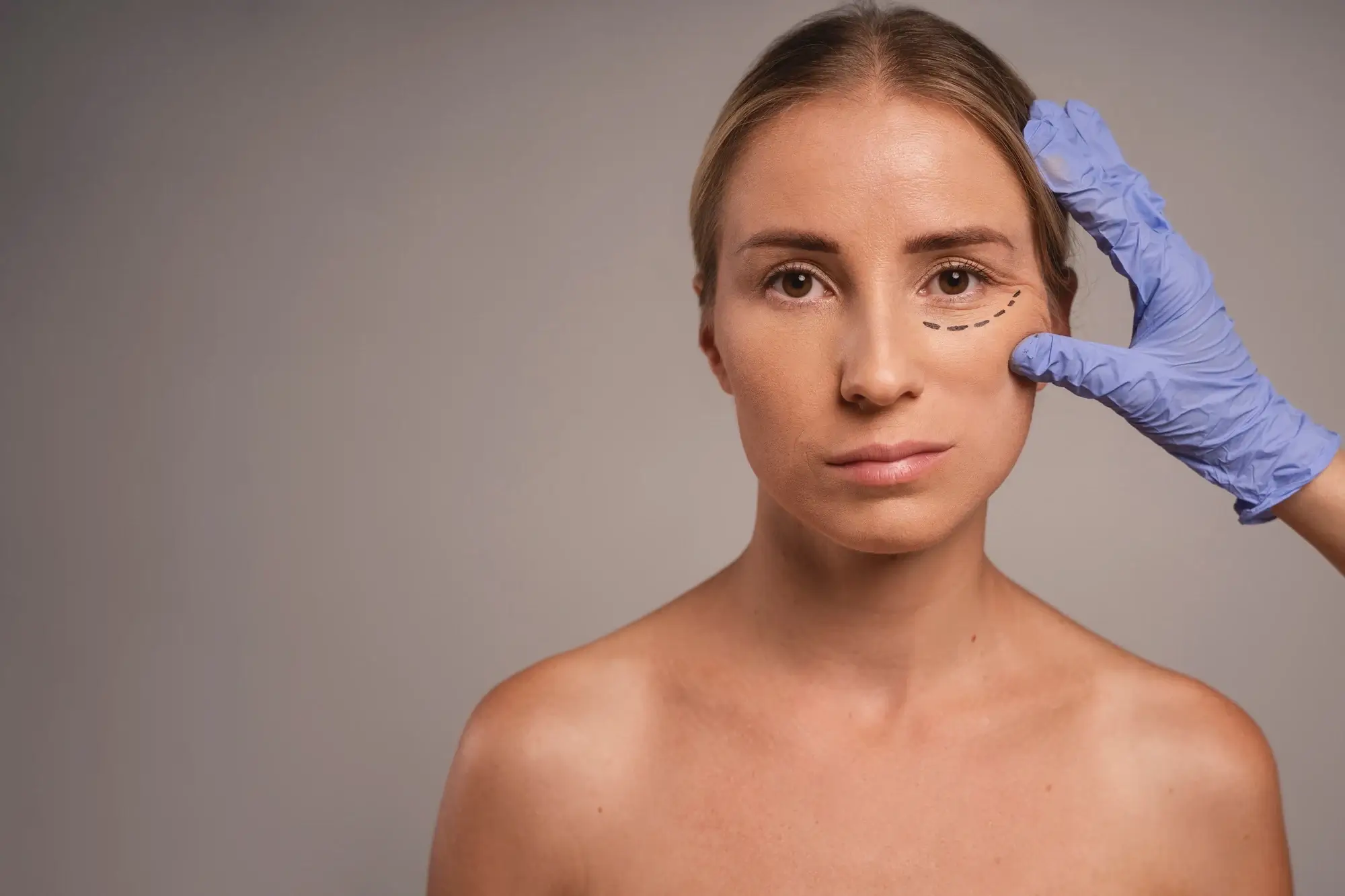Considering Shoulder Arthroscopy? Here’s What You Need to Know about the Procedure and Costs

Sick of your shoulder hurting all the time? Whether it’s reaching for something, carrying groceries, or just trying to sleep, constant shoulder pain can wear you down. You might have tried rest, therapy, or pain meds, hoping for relief. But when nothing works, it gets frustrating fast.
That’s when your doctor might suggest shoulder arthroscopy—a minimally invasive procedure that helps diagnose and treat shoulder issues. Research shows that arthroscopic surgery can reduce pain and get your shoulder moving again, especially when nothing else seems to work.
But surgery can feel like a big step, and you probably have a ton of questions. What exactly happens during the procedure? How long is the recovery? Will it hurt? No worries, we’ve got you! Let’s break it all down so you know exactly what to expect:
What is shoulder arthroscopy?
An arthroscopy of the shoulder is done to diagnose problems inside your shoulder joint and repair the damage inside.
Compared to open surgery, where usually large cuts are made, it is a minimally invasive procedure where doctors make small incisions to insert a tiny camera (arthroscope) in your joint. The camera allows the surgeon to see inside your shoulder by sending a live video to a screen. Small surgical tools are used to repair or remove the damaged tissue. This, in turn, reduces pain and speeds up healing.
Arthroscopy vs. open surgery
One of the biggest advantages of arthroscopy is that it’s minimally invasive, meaning less cutting and faster recovery. Here’s a quick comparison:
| Feature | Arthroscopy | Open Surgery |
|---|---|---|
| Incision size | Small cuts (about 1 cm) | Large cut (several inches) |
| Scarring | Minimal | More visible |
| Recovery time | Faster | Longer |
| Pain after surgery | Less severe | More intense |
| Infection risk | Lower | Higher |
However, not all shoulder problems can be fixed with arthroscopy. Some severe injuries still require open surgery. Your doctor will help you decide the best option for you.
Why is shoulder arthroscopy done?
Your doctor may suggest shoulder arthroscopy if you're dealing with persistent shoulder pain and non-surgical treatments like rest, therapy, and medications haven’t helped.
Here are some of the most common problems that can be treated with shoulder arthroscopy:
-
Rotator cuff tears (damage or injury to your shoulder tendons)
-
Labrum tears (damage to the cartilage that stabilizes the joint)
-
Frozen shoulder (when the shoulder stiffens and limits movement)
-
Shoulder impingement (when soft tissue gets pinched and inflamed)
-
Bone spurs or arthritis (when Extra bone growth or joint wear-and-tear causes pain)
-
Shoulder instability (when loose ligaments cause your shoulder to pop out of place easily)
How does shoulder arthroscopy work?
If your doctor has scheduled you for arthroscopy, you might be feeling a little nervous. That’s completely normal!
Let’s go step by step so you know exactly what happens during the procedure:
What happens before the surgery?
In the weeks leading up to surgery, your doctor will:
-
Do an MRI or X-ray to see the damage inside your shoulder.
-
Give you pre-surgery instructions, like stopping certain medications.
-
Ask you to arrange a ride home since you won’t be able to drive after surgery.
You may also need to fast (avoid food and drinks) for several hours before surgery, depending on the type of anesthesia used.
During surgery
Here’s a simple breakdown of what goes on in the operating room:
-
You’ll be given anesthesia (either local, regional, or general) so you won’t feel pain.
-
The surgeon makes tiny incisions and inserts the camera and tools.
-
Special small instruments are used to repair or remove damaged tissue—this could be trimming torn cartilage, repairing a rotator cuff, or removing inflamed tissue.
-
The incisions are stitched or covered with small bandages.
The procedure itself usually takes 30 minutes to 2 hours, depending on how complicated the issue is.
After surgery
Post-surgery, you'll be monitored in a recovery area. You may wake up groggy and feel some pain, but it should be manageable with medications. Your arm will be in a sling to protect your shoulder. Expect swelling and stiffness, but that’s normal. You can usually go home the same day (no hospital stay needed!).
Is shoulder arthroscopy painful?
Yes, there will be some pain. After all, your shoulder just had surgery! However, the pain is usually less than that of traditional open surgery.
After the procedure, you might feel:
-
Soreness in the shoulder and arm
-
Swelling around the incisions
-
Some stiffness or tightness
Your doctor will likely prescribe painkillers and anti-inflammatory medications to help manage discomfort. Icing the area and keeping your arm in a sling can also help.
Risks of shoulder arthroscopy
While shoulder arthroscopy is generally safe, it may cause:
-
Infection
-
Blood clots
-
Excessive bleeding
-
Damage to blood vessels or nerves
However, such complications are rare and often treatable.
How long does it take to recover from a shoulder arthroscopy?
Recovery time depends on the damage fixed inside your shoulder. Here’s a general timeline:
-
First few days: Expect swelling, stiffness, and some discomfort.
-
1-2 weeks: You can usually stop taking strong pain meds.
-
4-6 weeks: You’ll start physical therapy to regain strength and movement.
-
3-6 months: Most people feel 80-90% better and can return to normal activities.
-
Up to a year: For major repairs (like a torn rotator cuff), full recovery might take 8-12 months.
So yeah, patience is key! Your shoulder won’t be 100% overnight, but with proper care, you’ll get there.
Is shoulder arthroscopy the same as rotator cuff repair?
Not exactly! Think of shoulder arthroscopy as the technique (using a camera and tiny tools), while rotator cuff repair is a specific procedure that can be done using arthroscopy.
So, if you have a rotator cuff tear, your doctor may fix it arthroscopically, but not all shoulder arthroscopies involve rotator cuff repair.
How much does shoulder arthroscopy cost?
The cost depends on where you live, your surgeon, and your insurance. Here’s a rough idea:
-
USA: $5,000 - $10,000
-
UK: £3,000 - £6,000
-
Australia: $4,000 - $8,000 AUD
-
India/Mexico/Turkey (Popular medical tourism options): $2,000 - $5,000
Always check what insurance covers. Some plans cover most of it, while others require you to pay a big chunk out-of-pocket.
Looking for safe, affordable shoulder treatment? QCG finds the best options for you!
Getting shoulder arthroscopy abroad
Some people travel to other countries for cheaper medical procedures. Countries like Mexico, India, and Thailand offer shoulder arthroscopy for lower prices. But before you consider surgery abroad, make sure:
✔ The hospital is certified and accredited
✔ The surgeon has good credentials and reviews
✔ You understand the risks of traveling after surgery
Got questions? Always talk to your doctor or orthopedic specialist to see if shoulder arthroscopy is the right choice for you! QCG is here to connect you to top surgeons worldwide!
Bottom line
Shoulder arthroscopy can be a solid option when nothing else has worked. It can ease pain, improve movement, and get you back to your daily routine. But surgery is just one part of the process—what you do afterward matters just as much.
Follow your doctor’s advice, take it easy when needed, and stay on top of physical therapy. The more effort you put into rehab, the better and faster your shoulder will heal.

